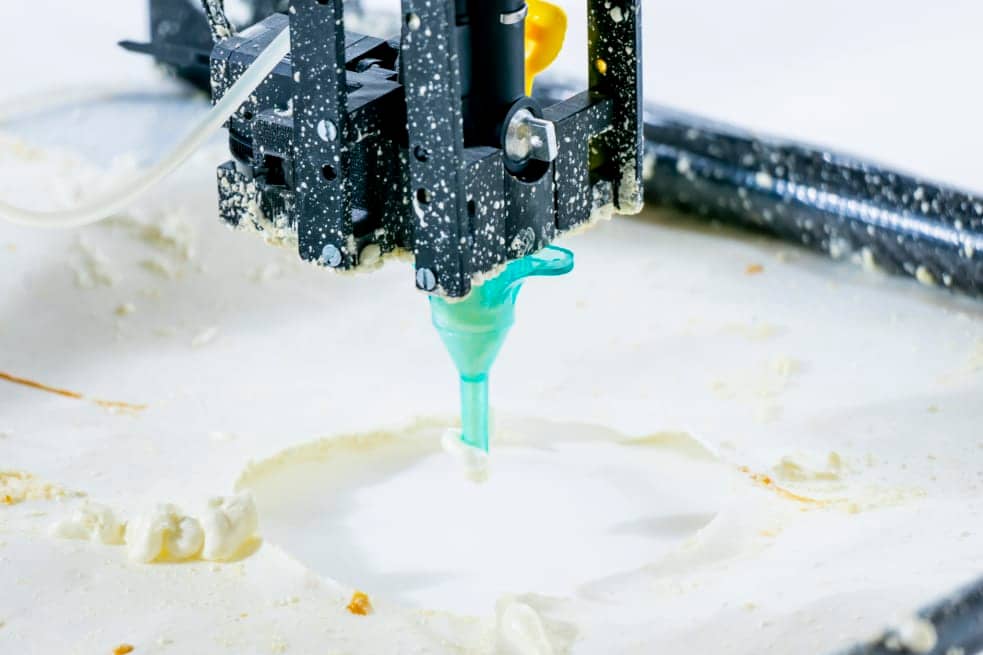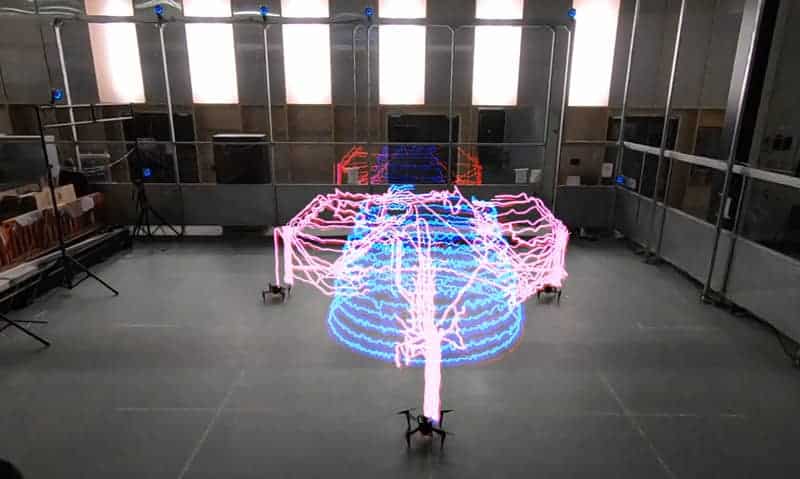Dozens of labs around the world are paving the way for a future of construction sites where swarms of drones “cooperatives” will work together to create large 3D printed structures made of foam or concrete.
Progress in this field could also lead to the construction of extremely tall or intricate buildings, or structures such as bridges, without the need for supporting scaffolding or large machinery.

Construction sites for buildings built "on the fly"
“in theory we could build anything,” he says, not without emphasis Robert Stuart Smith from the University of Pennsylvania. The only constraints? Drone logistics and (of course) structural engineering. No more scaffolding on construction sites, however.
The idea of using swarms of "worker" drones on construction sites draws inspiration from biomimicry: to be precise, from the observation of wasps and termites. “When something very large needs to be built,” the researchers say, “usually in nature many animals work together.”
Stuart-Smith and his colleagues showed how several drones can cooperatively build a 2-meter-high cylinder of insulating foam, and a 0,18-meter-high cylinder of special concrete. The method? Flying in circles to literally “spray” the foam onto or concrete, layer after layer.
The standard "team", in this case, would be made up of at least three drones. Two operatives (to take turns) and a third equipped with cameras and sensors, to supervise the works and regulate the construction phases as needed.
Each of the drones can operate for up to 10 minutes before having to recharge the building materials (or the battery, depending on the situation).
Field tests
In laboratory tests, illustrated in an article in Nature that I link to you here, the researchers managed to coordinate the flight paths of up to 15 drones, making them work together to build a dome.
Construction drones can make autonomous AI-driven decisions about where to fly and how to deposit construction materials, but they still require human supervision.

Possible uses
These "worker" drones could be very useful, and not just in normal situations building. I see them as interesting in post-disaster reconstruction operations in remote areas, or for dangerous (hopefully rare) projects like the repair of the Chernobyl concrete sarcophagus.
The next big step? Move test platforms outdoors to refine charging processes and communication protocols between drones.
Can you imagine a “flock” of these deals putting up houses one after another? Incredible.


